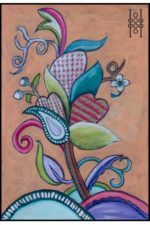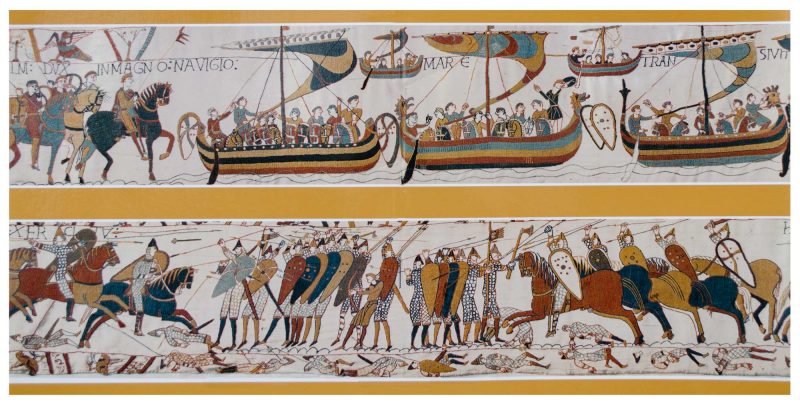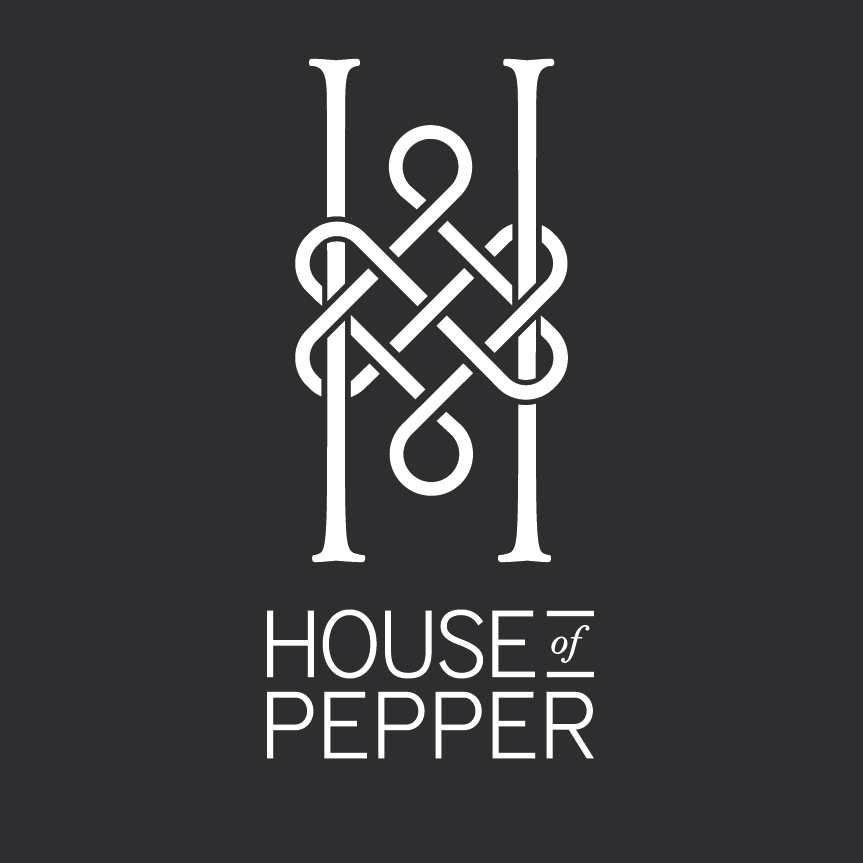The Bayeux Tapestry

Jacobean Style
When I remembered the designs, I liked as a child I went back to art and embroidery in the classroom. The Jacobean Tree of Life and the spirals, foliage, flowers, and small creatures triggered something. Here today, it comes to life again. It is from these early designs that my awareness of the freedom in drawing came to the surface. It doesn’t always have to look real either.
Embroidery on Linen
If we go back to the Bayeux Tapestry, we discover the beginning of this freedom to draw and to tell a story on material. The Bayeux Tapestry is not a tapestry at all but a Crewel Embroidery. This exceedingly long hanging is worked in nine panels with Latin inscriptions. The work is 70 metres long and 50 cm tall. Figures are stitched in woollen thread on the linen panels.
Crewel is an old Welsh word meaning “wool”.
Battle of Hastings in 1066
This extraordinary work narrates the period of history known as the Norman Conquest and tells the story of William I’s conquest of England, culminating in the Battle of Hastings in 1066. William, Duke of Normandy, with a fleet, crossed the Channel and conquered the throne of England. The work is free flowing and dynamic and portrays distinctive characters in the battle. The tapestry shows the ships, horses, and soldiers in battle dead and alive, incidents that inform history.
An English Replica
This Bayeux Tapestry is first noted as a treasure in an Inventory at the Bayeux Cathedral in 1476. Today it is housed in the medieval city of Bayeux, in Normandy, France. The English wanted a copy and under the expert instruction of Elizabeth Wardle, thirty-five women embroidered a superb Replica. This is housed and exhibited in the Reading Museum, Berkshire. Like the original, the Replica is open for public viewing.

The Bayeux Tapestry from the 11th century.
The importance of the Bayeux Tapestry is the real detail that it gives us of everyday life; details such as costumes, the cavalry and their horses, ships and ship construction, arms and weapons and agricultural activity at the time. This work is highly prized. It is a treasure from the eleventh century and there is no better visual record for the period.
Crewel Embroidery
The Bayeux tapestry is the earliest and oldest example of Crewelwork. We see the influence of this great embroidery in the sixteenth and seventeenth centuries when a demand for furnishing textiles arose in large and grand houses. Wall and bed hangings, bedspreads, cushions, and curtains became fashionable. Crewel embroidery was freestyle and from it a fresh style developed to cater for new demands in the home.
Jacobean Style
This fresh style became popular under the reign of James I and VI (James Charles Stuart, son of Mary Queen of Scots) from 1603 -1625. It was named after him as James is Latin stands for Jacobus. Heavy wools were used.
The Jacobean style on linen was influenced by the freestyle Crewel embroidery and by exotic flora and fauna found on imported Indian chintzes. This Jacobean embroidery was based on the Tree of Life and a tree growing from mounds representing the earth. These floral and animal designs were influenced also, by the embroidered jackets of the Elizabethan era 1600 -1620, the period known as Early Jacobean. Today there are a wide variety of yarns, colours, and patterns available, Fanciful animals such as deer, squirrels, birds and sometimes insects surround a Tree of Life or stylized forest in a variety of stitches using two ply wool.
William Morris
Another era of profound influence in the decorative arts is the Victorian era when William Morris architect, painter and designer introduced his design ideas. Morris was influenced by Medieval art. He founded a decorative arts firm in 1861 with the painters Burne Jones, Rossetti, and the architect Philip Webb. Crewel embroidery and the Jacobean style were an influence. New and exotic designs were created by Morris, who is best known for his wallpapers. The wallpaper designs included peacock feather eyes and artichoke flowers. Motifs from the Jacobean Tree of Life appear.
William Morris wallpaper, fabrics and furniture designs from this Victorian era are still in production today.
Foliage Design in Medieval Manuscripts
Foliage designs especially flowing tendrils appeared in Medieval times. Crewelwork design as a freestyle design in the Middle Ages in England appears in church books such as Psalters and the Book of Hours books. Scribes decorated the manuscripts with foliage and tendrils around text and letters. This was at the same time as the Book of Kells. Celtic designs that grew and developed out of the Book of Kells include geometric patterns, spirals, knotwork, interlacing, lettering and zoomorphs. Embroidery in many fields, not just Crewelwork, utilizes Celtic design constructions as well.
Crewel Embroidery played a big part in triggering innovative ideas in textiles for house furnishings and interior décor. Good design is not lost, despite moving in and out of fashion. Today, modern Jacobean embroidery still uses designs from nature, from life and from plants and the traditional Tree of Life patterns. The designs are reinvented and sewn in a variety of embroidery stitches by hand or machine.
My example drawings
I have reworked the embroidery designs as mixed media drawings. Mostly I have used Jacobean style exotic floral shapes from well-known Anchor patterns. I am never forgetful of the rich history behind this great textile industry. There are many other forms of embroidery that add to the rich textile heritage. Homes are filled with works of art from creative women with an appreciation of the methods and techniques of embroidery.
